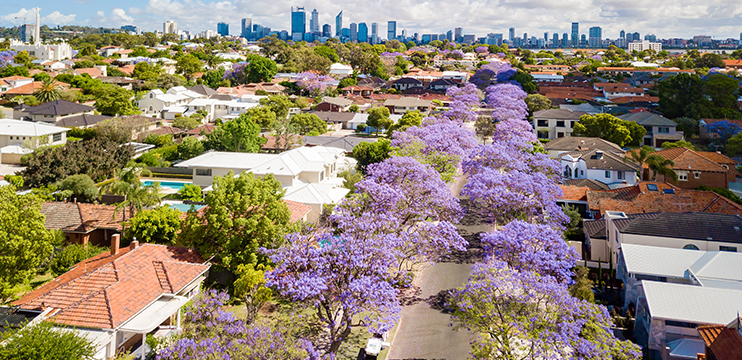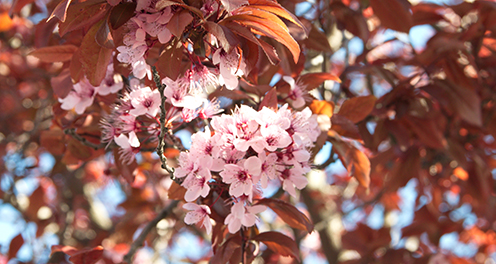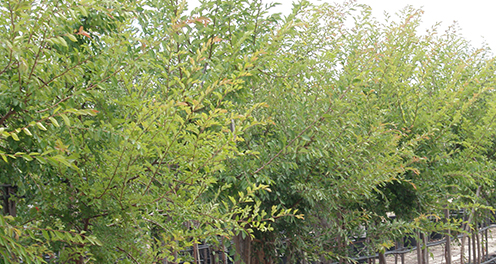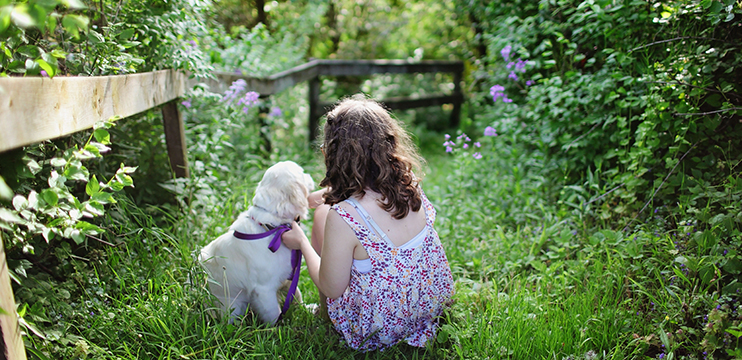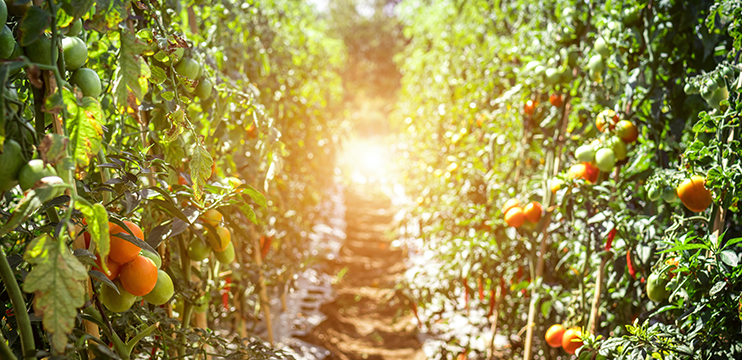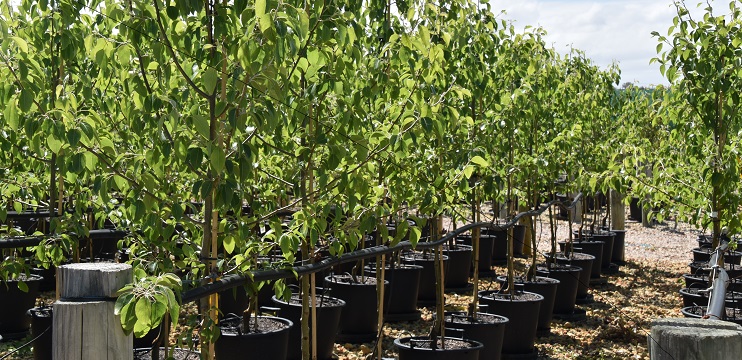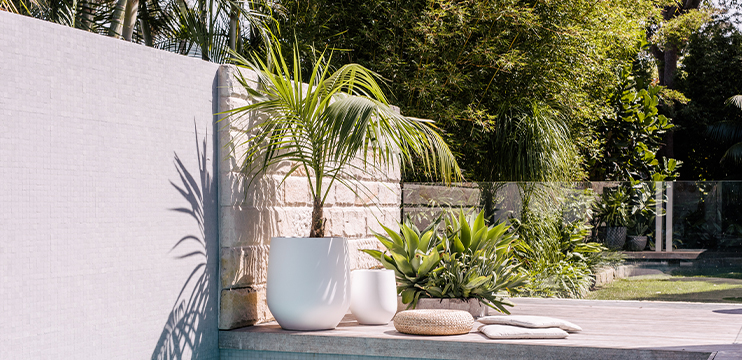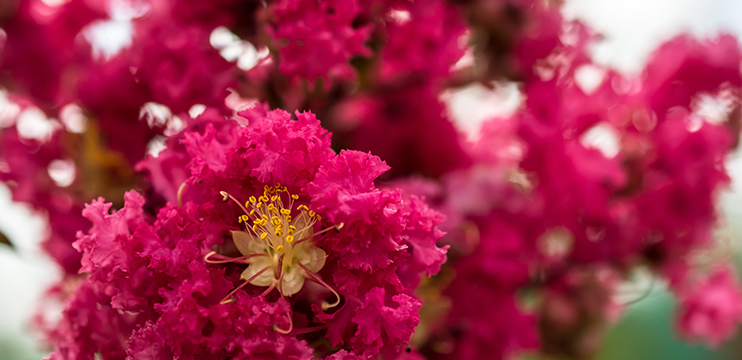Simply put: a ‘deciduous’ tree refers to one whose leaves fall off en masse within a single season.
In horticultural terms, deciduous refers either to leaf drop in response to or to avoid adverse weather conditions (i.e., cold or drought), or after a stage of growth (i.e., flowering or fruiting). The life cycle of deciduous plants includes both a growing season (spring/summer) and a dormant season (winter). Thus, when in reference to weather conditions, deciduous trees drop their leaves at the end of the growing season as the plant readies for its dormant period.
In temperate zones, such as Australia, the dormancy period of deciduous trees is when all metabolic processes start to slow down, due primarily to the decreased daylight hours. Plant hormones and abscisic acid are what stop nutrients and minerals from entering leaves and ultimately cause leaves to drop. During that period, the temperature, soil moisture and amount of sunlight collectively influence the colour range that appears in autumn foliage before the leaves drop.
Those plants that don’t drop their leaves deciduously, are collectively referred to as ‘evergreens’.
The word deciduous comes from the Latin word decidere, meaning “to fall off.” As an added bonus for plant lovers the world over, the process of deciduous trees also yields the wonderful range of colours that we admire in landscaping.
Secure your deciduous tree stock now – as winter is the perfect time for planting or transplanting, while the trees are dormant and the rain is flowing!
Pick the perfect pretty tree for your pocket of paradise
One of the most well-known street trees in Perth, Jacaranda mimosifolia are instantly recognisable, making the glorious purple-lined lanes of Applecross, Inglewood and Subiaco truly Instagram-worthy. Their bountiful display is in fact so popular, there is even an annual community event dedicated to the trees – the Rotary Jacaranda Festival, which is held on the fourth Saturday of November.
Another popular flowering tree is Lagerstroemia or Crepe Myrtle, known chiefly for its colourful and long-lasting flower display. The vibrant coral-red flowers of Lagerstroemia Tuscarora in summer, complement the green foliage that turns red and bronze during autumn, offering several months of brilliant burgundy colour.
Tropical and subtropical deciduous tree leaves fall as a mechanism to allow the plant to conserve water during a dry season. At these latitudes, trees are not subject to significantly decreased daylight hours compared to their temperate deciduous tree counterparts. Native to South America, Tipuana tipu (also known as Pride of Bolivia or Rosewood tree) is a fast-growing ornamental, grown largely as a shade tree due to its spreading canopy. Its five petaled, open faced, pea-like flowers are bright yellow and bring tropical vibes to a garden.
Thanks to its relatively small height and ornamental flowers and foliage, Prunus or Flowering Plum is a very popular landscape tree renowned for its claret red leaves and pale pink blooms. An excellent option for smaller Aussie yards, as its compact growth habit makes it perfect for small spaces such as along fence lines for added privacy. Similarly, Pyrus or Ornamental Pear are among the hardiest and easiest to grow of all garden trees, and provide year-long interest to the landscape via prolific pretty white flowers and foliage that changes from green through a wide range of colours.
Perhaps one of the most valuable assets in an Australian garden, deciduous trees have more benefits than simply adding a splash of colour. By their nature, they provide cooling shade in summer while allowing light and warmth to penetrate during winter. In lieu of flowers, the peeling bark of Ulmus parvifolia (or Chinese Elm) is an added aesthetic feature, revealing attractive patches of yellows, grey and brown.

